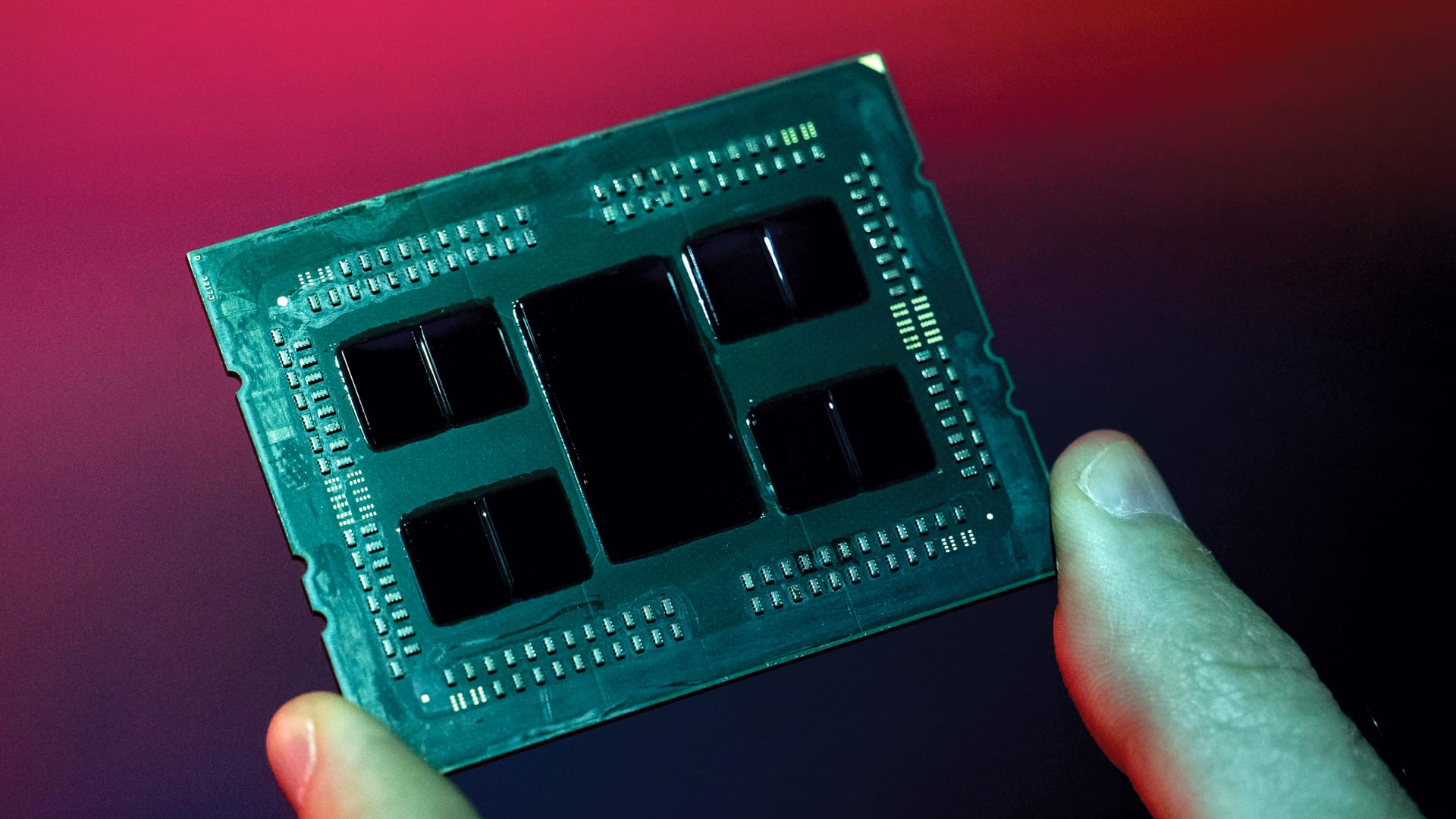Energy
Sunday, July 17th, 2022 10:34 am EDT
Tesla CEO Elon Musk said several years ago that Tesla would open up Supercharging to non-Tesla electric cars — automakers just had design cars that were compatible and contribute to the cost of developing the Supercharger network. Despite some hints after a couple years that some automakers were planning to team up with Tesla, nothing ever came of that.
More recently, in 2020, word snuck out that some Superchargers in the Netherlands were allowing non-Tesla EVs to charge for free. In Europe, Tesla uses a required CCS fast charging port that others in the industry also use. Presumably, that initial access was simply provided in order to test out charging across different EVs. In November 2021, Tesla started offering Supercharging to non-Tesla EVs in parts of the Netherlands. In early 2022, Tesla opened up Supercharging at some of its stations in Norway and France to all non-Tesla EVs. It’s not free in these cases, but it works! And Tesla has been quickly expanding that program. Tesla opened up stations in the UK, Spain, Sweden, Belgium, and Austria in May, and Germany will be next.
In the US, aside from there being less of a push for this from governments, the challenge is that Tesla doesn’t share a charging plug design with the rest of the industry. Most EVs use CCS fast charging, while Tesla still uses its proprietary system. However, also keen to open up Supercharging here, it seems that Tesla has a solution. It appears that Tesla will start adding CCS charging stations at locations in the US or providing charging adapters for non-Tesla drivers to use at Superchargers.
One hint along these lines comes from a recent White House press release. The press release covers EV charging advancements and plans from several different companies in the US — ABB, ChargePoint, Flo, Tesla, Tritium, and Volta. The following is the White House statement regarding Tesla (and I’m emphasizing the key parts with bold text):
“Tesla is making investments at its Gigafactory in Buffalo, New York to support the deployment of new fast charging stations to add to its fast-charging network. More than 1,600 employees work at Giga New York producing the Tesla Solar Roof and Supercharger stations, which are capable of charging vehicles up to 250 kW. Tesla is expanding production capacity of power electronics components that convert alternating current to direct current, charging cabinets, posts and cables. Later this year, Tesla will begin production of new Supercharger equipment that will enable non-Tesla EV drivers in North America to use Tesla Superchargers.“
Tesla could be developing new CCS charging stations that EVs with CCS plugs could use, and the company could theoretically install a few (or more) at stations where it decides to open up charging to more drivers. However, it seems more practical and logical to develop adapters. Then, any EV driver who wanted to use Superchargers could buy the adapter and use any Superchargers along their driving routes. The adapter would theoretically include some identifying information so that Tesla could know who was charging and bill them appropriately, through the Tesla app just like Tesla drivers are billed and pay.
If Tesla starts producing and selling adapters before the end of 2022, we may well see the first US non-Tesla EV drivers Supercharging this year. Is it possible? (If Tesla is actually producing new charging stations, it may take longer — till sometime in 2023 — to install those and open up limited non-Tesla Supercharging.)
We’ll see. Any other thoughts on this development?
Appreciate CleanTechnica’s originality and cleantech news coverage? Consider becoming a CleanTechnica Member, Supporter, Technician, or Ambassador — or a patron on Patreon.
[embedded content]
Advertisement
 This post has been syndicated from a third-party source. View the original article here.
This post has been syndicated from a third-party source. View the original article here.





